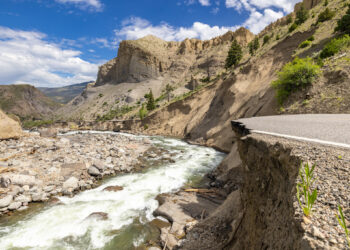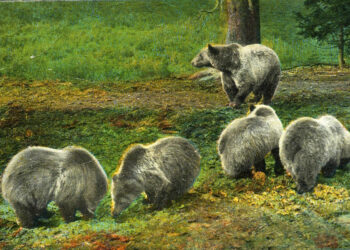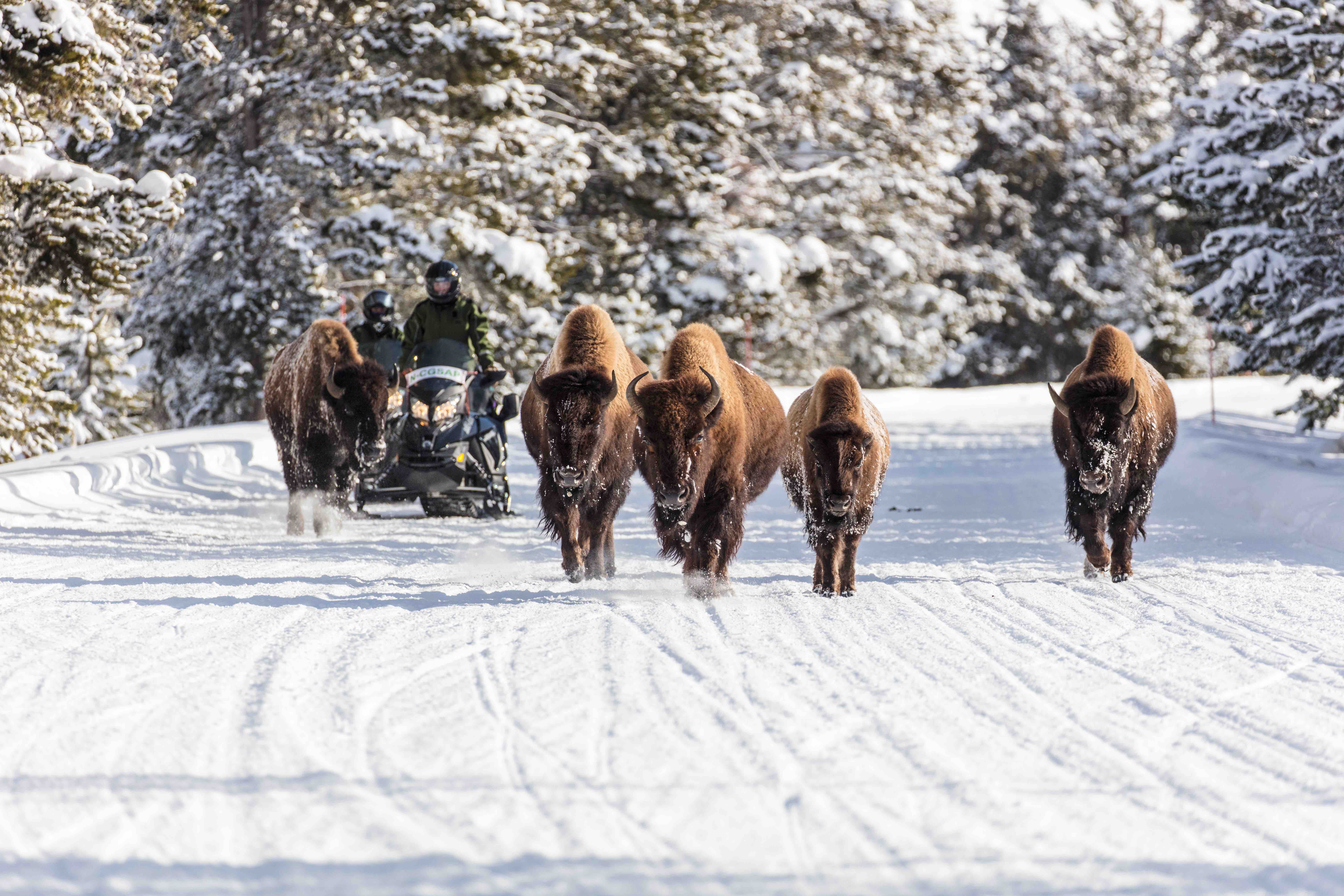
In 1804, President Thomas Jefferson tasked Meriwether Lewis, William Clark and their expedition known as “the Corps of Discovery” with finding a pathway to the Pacific Ocean from present-day St. Louis, Missouri.
Based upon sketchy fur trapper intel, Jefferson believed it might be possible to get there and back by water. Lewis and Clark floated up the Missouri River unaware of the formidable obstacle represented by the northern Rocky Mountains.
Two years later, after covering thousands of miles, the explorers returned to Washington D.C. with a fairly accurate map of the linear route they circumnavigated. But when examining their cartography in hindsight today, it’s striking how much they missed—or overlooked—in charting the interior West.
Lewis and Clark’s travels via the Missouri did not often extend more than a few miles, relatively speaking, beyond the river corridor; without benefit of an aerial perspective and modern knowledge, their mapmaking was hobbled by a limited 19th-century perspective.
How do we, as denizens of Greater Yellowstone, similarly suffer from our own narrow conceptualization of what the ecosystem is, and where is our own myopia leading us?
As difficult as it is trying to discern things beyond our own understanding, it’s equally as daunting trying to make sense of problems right before our eyes but which we choose, for a variety of reasons, to skirt.
Indeed, why not simply play today and worry about the future when it arrives?
Dr. Susan Clark, who has spent 45 years in Jackson, Wyoming, says the British coined an appropriate term. They called it the elephant in the room—the metaphorical idiom for an obvious truth that goes unaddressed. The expression also applies to obvious challenges or risks no one wants to discuss—and to a condition of groupthink no one wants to challenge.
On Monday, Jan. 9, Clark and I invite you to a conversation about some of Greater Yellowstone’s lumbering elephants in the room. The free event in Jackson starts at 5:30 p.m. in St. John’s Church’s Hansen Hall and is being sponsored by the Northern Rockies Conservation Cooperative, a scientific think-tank co-founded by Clark 35 years ago.
We’ll begin by pondering this conundrum: what makes Greater Yellowstone incomparable? And given the fact that it’s sui generis the world over, can it remain that way in the face of trends that have doomed most other places?
Some of the obvious elephants in the room for Greater Yellowstone include the impacts of climate change and its implications for water, wildfire, agriculture and the recreation economy; growth in human population, corresponding development patterns and outdated thinking about planning and zoning; the balance between resource exploitation and protection; and our willingness—or lack of willingness—to accept some limitations of private self interest in order protect the public common interest.
In a valley like Jackson Hole, where working families and young people, teachers, firefighters, police officers, nurses and service workers already cannot afford to live, what is the remedy and what are the costs of the spill-over effect for the environment and other communities?
How are the challenges of Jackson Hole and cities like Bozeman elephants in the room for other valleys in the region and for our society as a whole?
By the middle of this century, less than one lifespan from now, Clark notes, Earth’s population is expected to climb to 10 billion people from the current 7 billion—or by nearly 40 percent.
Some demographers believe the number of people pouring into our ecosystem will accelerate beyond its current unprecedented pace as emigrants flee urban centers and megacities. Fifty years from today, the Gallatin Valley cradling greater Bozeman could be a city as large as Minneapolis.
Clark, who is on break from Yale University where she teaches in the school of Forestry and Environmental Studies, says part of what makes Greater Yellowstone extraordinary is the promises that society makes to itself—past promises, future promises and present promises.
“For over 140 years, dating back to the creation of Yellowstone and continuing to the conservation of wildlands and passage of environmental laws, past generations made a promise to the future and we are now reaping those benefits,” she says.
“So one of the questions is: what promise are we willing to make to future generations? The promise of the present involves asking, ‘How are we willing to live by that ethic daily?’ One could argue that we are failing to meet the promises given to us from the past and which we’re bound to pass along to the future.”
Clark says elected officials and civil servants in Greater Yellowstone, from city and county commissioners to the senior leadership of land management agencies and non-government organizations, are beset by “bounded rationality”—the idea that when individuals make decisions, their rationality is limited by the tractability of small problems at hand, the cognitive limitations of their minds, and time available—usually not enough—to make foresighted decisions.
“For high-level leaders, learning and education should be about active reflective efforts on their experiences directed at shaping the future in Greater Yellowstone,” Clark writes in a draft of her forthcoming book, “Signals from the Future: Our Greater Yellowstone of Tomorrow?”
“Leadership should be about focusing on putting practices, thinking, organizations, institutions, and society on a trajectory that is sustainable and open to continual learning, reflection, and adaptation,” she writes. “This to me seems to be the needed real mission for all of us who care about the future of this place.”
We hope you can join for a lively, no-holds barred discussion about this ecosystem we call home. And if you can’t join us in Jackson, the discussion will be a perpetual one.
Todd Wilkinson has been a journalist for 30 years. Wilkinson authored the recent award-winning book “Grizzlies of Pilgrim Creek: An Intimate Portrait of 399, the Most Famous Bear of Greater Yellowstone,” featuring 150 astounding images by renowned American nature photographer Thomas Mangelsen. His new article on climate change, “2067: The Clock Struck Thirteen,” appears in the winter 2017 edition of Mountain Outlaw magazine, on stands now. EBS publishes Wilkinson’s New West column every week online and twice a month in the printed version of the paper, under a partnership arrangement with the Wyoming online journal thebullseye.media. We encourage you to check out The Bullseye.














